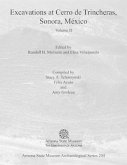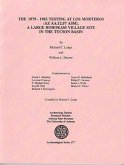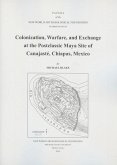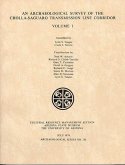The 1991 survey of Cerro de Trincheras provided information on broad scale patterning of artifacts and architecture. This information indicates that there are three general areas of the site--domestic, ritual, and agricultural. Domestic areas contain extensive refuse, including shell debitage and jewelry. The distribution of shell within domestic space indicates that some households were more involved in this production than others, suggesting some social inequities. Controlled access to ritual areas and secrecy surrounding ritual knowledge also suggest inequalities within social organization. These inequalities may tie to Cerro de Trincheras' role within the region and perhaps in inter-regional relations. Taken as a whole, the evidence from Cerro de Trincheras clearly refutes theories that focus on defensive aspects as a primary factor in site type formation. Cerro de Trincheras was the product of a complex web of social relations operating at multiple scales, not solely for defensive needs.







